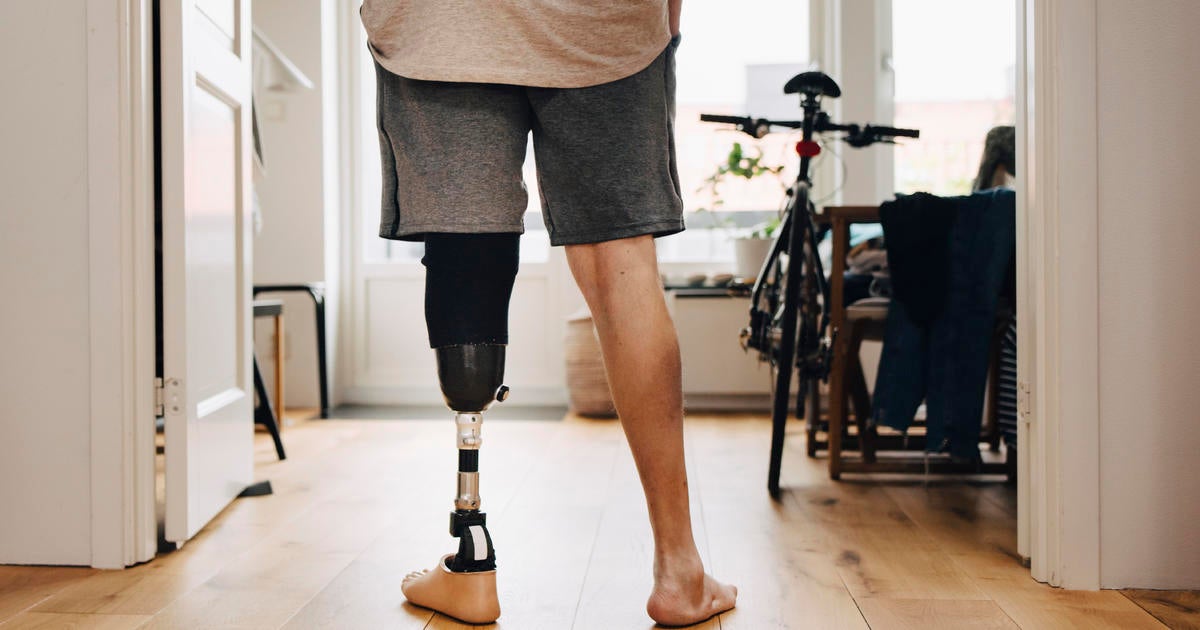The Shocking Truth About Prosthetic Limb Coverage: Why Insurance Companies Are Denying Life-Changing Care
Are you living with limb loss and struggling to access necessary prosthetic care? You're not alone. Millions face discrimination and financial hardship due to insurance companies denying coverage for essential prosthetics. In this eye-opening article, we reveal the shocking truth about prosthetic limb coverage in the United States, highlighting stories of real people fighting for access to the care they need and deserve. We’ll cover how many Americans are impacted, the reasons behind denials, and what can be done to change the system.
The Hidden Epidemic of Prosthetic Limb Denial
More than 2.3 million Americans live with limb loss. The number continues to grow each year. That's 2.3 million people whose lives depend on properly functioning prostheses, making even routine activities difficult and expensive. Sadly, far too many individuals who experience loss of limb through disease (like cancer, as in Michael Adams’ case), injury, or trauma do not have access to these essential medical devices. The reality is often shocking: even with insurance, many are left facing crushing medical bills to obtain coverage for even the most basic prosthetic limbs.
The Devastating Impact of Insurance Denials
Imagine living with the constant limitations of a missing limb, only to face more financial and physical struggle when insurance coverage for necessary medical devices like prosthetic arms and legs is denied. That reality is devastating for many living with limb loss. Stories of people denied crucial prosthetic limbs due to insurance red tape are heartbreakingly common. This situation forces many individuals and families to make impossible choices – neglecting healthcare, draining savings, and accumulating considerable debt – while they desperately fight to live a full and normal life. Stories such as those of Michael Adams and Leah Kaplan serve as stark reminders of these obstacles.
Why are Insurance Companies Denying Coverage?
The denial of prosthetic limb coverage is largely attributed to the claim that many prosthetic devices aren't considered "medically necessary". But where do the line of necessity and the high costs of such devices meet? This lack of clarity becomes a battleground, pushing patients and doctors into conflicts with insurance companies. In addition, another problem comes into the equation: restrictions on types of devices approved. Although the health plan might seem like it offers coverage for prostheses, there are typically severe restrictions on what can actually be prescribed.
The "Medically Necessary" Myth
Insurance companies often use the “medically necessary” argument to justify denial. This vague standard places an unfair burden on patients to prove that a prosthetic limb is essential to their well-being, when in reality, this is implicitly clear to both patients and their doctors. This arbitrary classification of life-altering technologies, not explicitly as medical needs but as some sort of expensive discretionary cost, exposes flaws and loopholes within many insurance providers. This often means costly appeals processes, creating further frustration and financial strain. This discrepancy between coverage of body-part replacements (such as knee surgery) and the replacement of body parts (such as an advanced prosthetic) has left countless amputees with little option but to suffer greatly for basic movement and everyday activity.
State Laws and The Fight For Equitable Access
While states like Colorado have introduced parity laws aimed at achieving fairer coverage for prosthetic limbs, similar to Medicare's 80% coverage, these advancements frequently fall short of resolving the broader problem. Significant disparities persist in prosthetic device coverage across the nation, often depending on whether the insurance plan is state regulated. There is clear discrepancy between coverage of medically necessary body-part replacement and those medical needs resulting from the replacement of missing body parts that dramatically affect a patient's ability to function daily. These inequalities need immediate review to address these inequities in insurance coverage.
What Can You Do to Change this System?
To advocate for better prosthetics coverage for all, it takes collaboration between people, activists, patients, and legislators. Supporting organizations such as the Amputee Coalition and spreading awareness of this serious issue, as well as petitioning your representatives, can help initiate positive legislative action. Working with policymakers and advocating for stricter regulatory guidelines to promote standardized and inclusive coverage of prosthetic limbs and other advanced devices for those facing similar conditions, such as disability and chronic diseases, may start changing things at a systemic level.
Take Away Points
- Millions of Americans face hardship because of insurance coverage issues for prosthetic limbs and advanced medical devices.
- The "medically necessary" standard is too subjective and often leads to unjust denials.
- State laws improve access, but national regulation and clarity is still critically needed.
- Patient advocacy and support for legislation are key to addressing this critical healthcare crisis.




